First Drive: BMW X5 eDrive Prototype
Story by John LeBlanc
MIRAMAS, FRANCE — It looks like the day of reckoning for large, gas-guzzling SUVs has once again been moved forward on the calendar. At least that’s the plan with the new BMW X5 eDrive, the German automaker’s latest attempt at making a big, fast and comfortable vehicle that’s also more fuel efficient.
As part of BMW’s 2014 Innovation Day — in which the German automaker showed off its latest advancements in aerodynamics, lightweight construction, “predictive” driving systems and laser lighting systems — members of the media were given a chance to drive a prototype of the forthcoming X5 eDrive mid-sized crossover, the BMW brand’s first plug-in gas-electric hybrid vehicle.
BMW already has non-plug-in hybrids to sell you, as in the ActiveHybrid versions of the 3, 5 and 7 Series sedans. But just as the German firm brands its all-wheel-drive vehicles “xDrive”, the new “eDrive” badge indicates the ability to charge the on-board batteries via a plug, a feature that will eventually be available on every BMW model.
Breaking down the makeup of the X5 eDrive’s plug-in hybrid powertrain system, you’ll find BMW’s familiar turbocharged 2.0-litre four-cylinder as the gas engine. It makes 241 horsepower and 258 pound-feet of torque. The sole transmission choice is an eight-speed automatic, which has a 94 hp and 184 lb.-ft. electric motor inside, charged by a 9.0-kilowatt lithium-ion battery pack that’s neatly packaged underneath the X5’s rear cargo area. To charge up the batteries when the vehicle is parked, there’s a plug-in socket on the BMW’s left-front fender.
In total, BMW is saying the X5 eDrive’s combined gas/electric outputs equal 270 hp and 332 lb.-ft., an amenable compromise between the existing X5 xDrive 35i turbocharged six-cylinder gas engine’s 300 hp and 300 lb.-ft. and the X5 xDrive 35d diesel’s 255 hp and 413 lb.-ft. ratings. BMW also claims the plug-in version matches the diesel’s zero to 100 kilometres per hour acceleration time of seven seconds.
Needless to say, potential X5 eDrive owners will appreciate all that power when they are employing the five-passenger BMW as a utility vehicle. Say, for instance, transporting the family to the cottage or ski hill for the weekend. But the real eye-opener will be the potential fuel saving costs. According to its maker, the plug-in X5’s estimated combined city and highway fuel consumption rate will only be 3.8 litres per 100 kilometres. Not only is that well under the current X5 gas and diesel models’ respective combined 9.6 L/100 km and 7.6 figures, it also makes the X5 eDrive mid-sized crossover as fuel-efficient as a compact Toyota Prius.
Better yet, when the plug-in electric X5’s batteries are fully charged, it can be driven on electric power alone for about 30 kilometres before the gas engine needs to kick-in — a distance that is less than the daily commute for 30% of existing X5 customers, according to BMW.
One way the X5 eDrive can achieve these efficiencies is borrowing the brains (a power electronic-control unit that “talks” between the gas engine, electric motor, battery, transmission, and xDrive all-wheel drive system) from BMW’s i brand’s electric i3 and i8 cars to minimize fuel consumption and maximize performance.
Like many other BMWs, the X5 eDrive offers three driving modes — Eco Pro, Comfort and Sport. Eco Pro adjusts the gas/electric systems for maximum fuel efficiency and longest possible electric-only range. Comfort balances between efficiency and performance. While Sport delivers optimum performance, combining both the electric motor and gas engine if necessary. For full on, save-the-planet mode, there’s yet another button on the centre console to use battery power alone.
The production version of the X5 eDrive is still about a year away from going on sale. So we were only allowed a few laps around BMW’s testing facility in Miramas, France, in prototypes. Still, the vehicles behaved in a ready-for-prime-time nature.
With its batteries fully charged, the big BMW crossover is relatively quick from standstill. And when you do aggressively plant its throttle, the X5 eDrive’s gas engine is quick to help out. At cruising speeds, when the gas engine is not being used and the vehicle is running on electrical power alone, the X5 eDrive powertrain is quiet and smooth.
While the idea of being able to drive your daily commute without using any gas at all — in a large, comfortable and practical all-wheel-drive crossover — has plenty of appeal, the X5 eDrive still has a few compromises. The batteries prevent any third-row seating options. And the turbo-four gas engine is not as smooth and quiet as the X5’s existing gas or diesel engines. And based on my experience driving existing plug-in electric vehicles, don’t expect to get 30 km of e-driving range in Canada. In January. When it’s snowing.
That said, as a teaser to BMW’s future plans to meet the demand for more fuel-efficient vehicles, the X5 eDrive is a significant vehicle. And while you can buy hybrid crossovers today, the number that can offer the electric-only range of this BMW amounts to zero.
This article was first published at Driving.ca





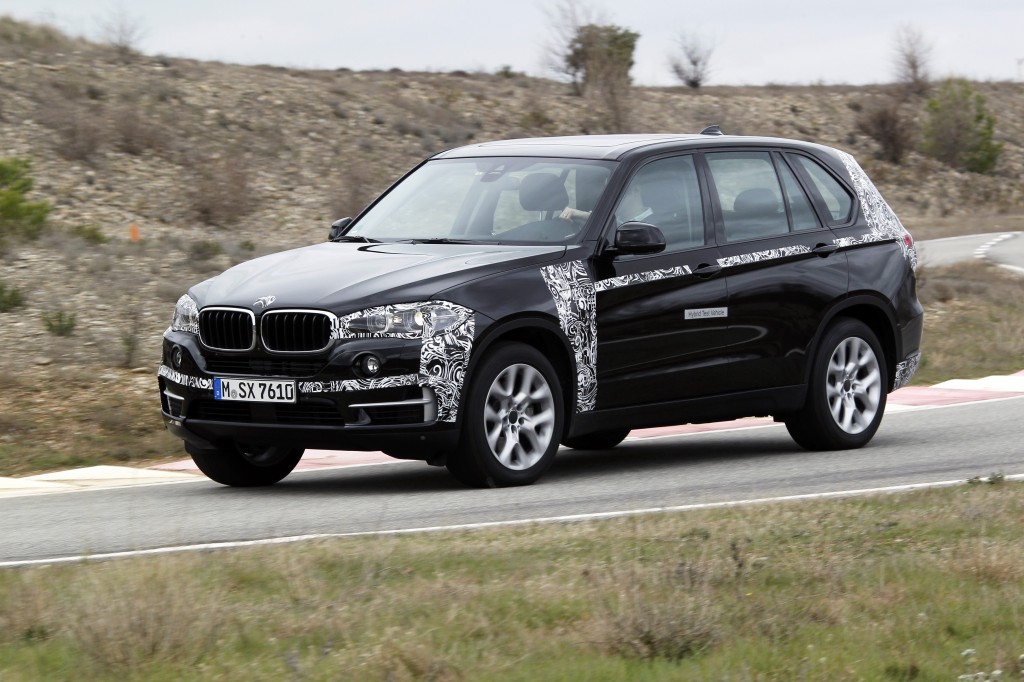
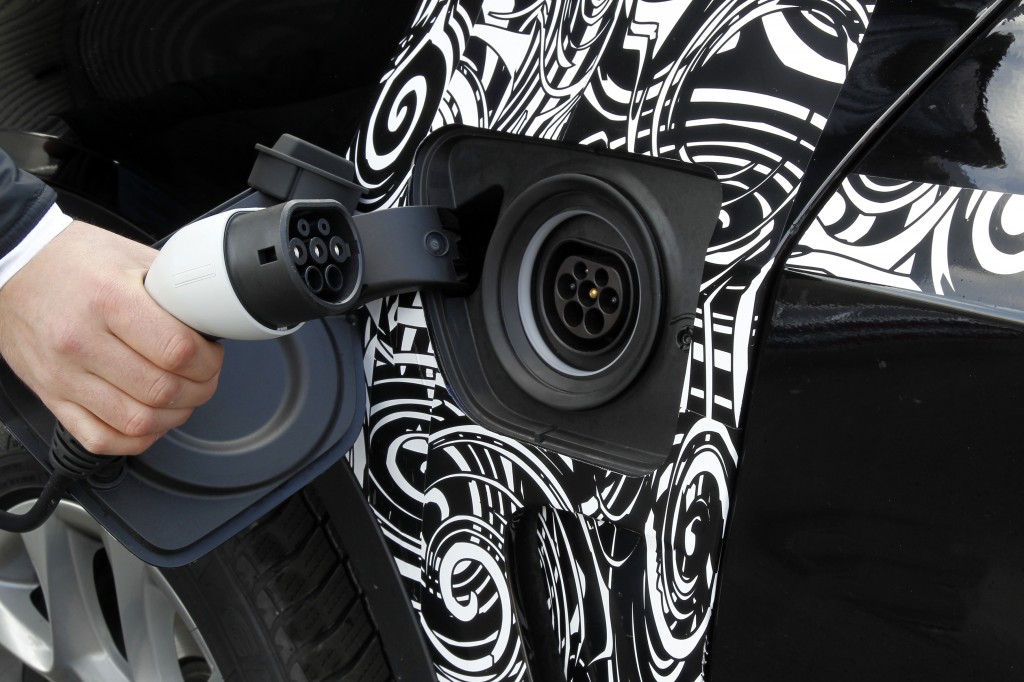
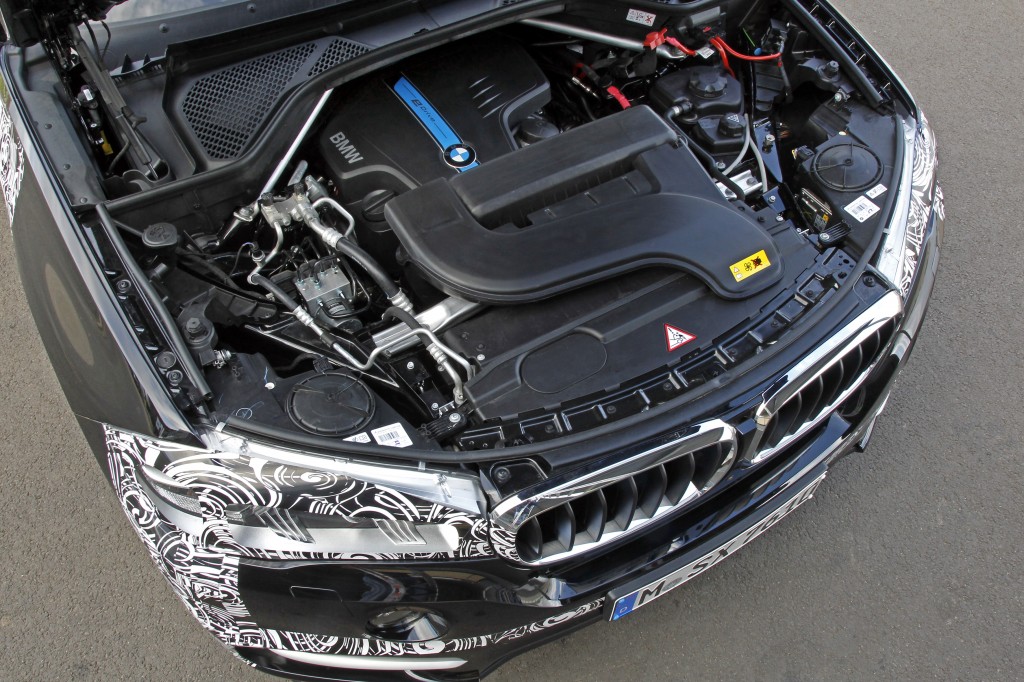
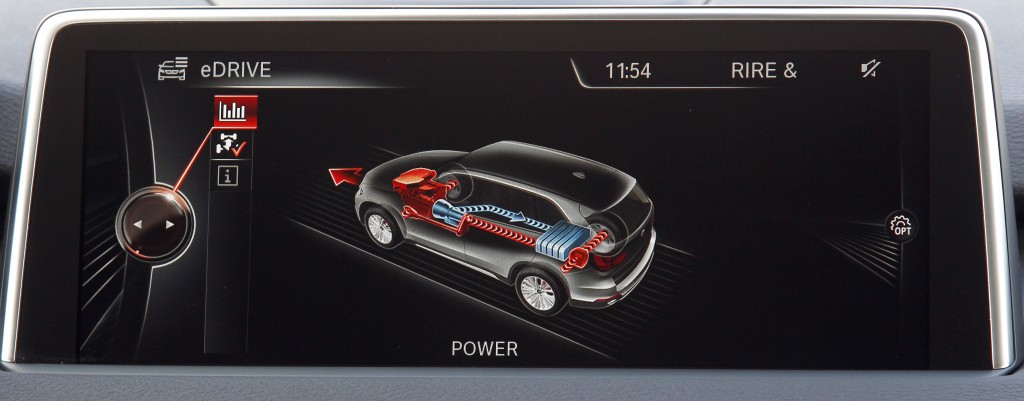
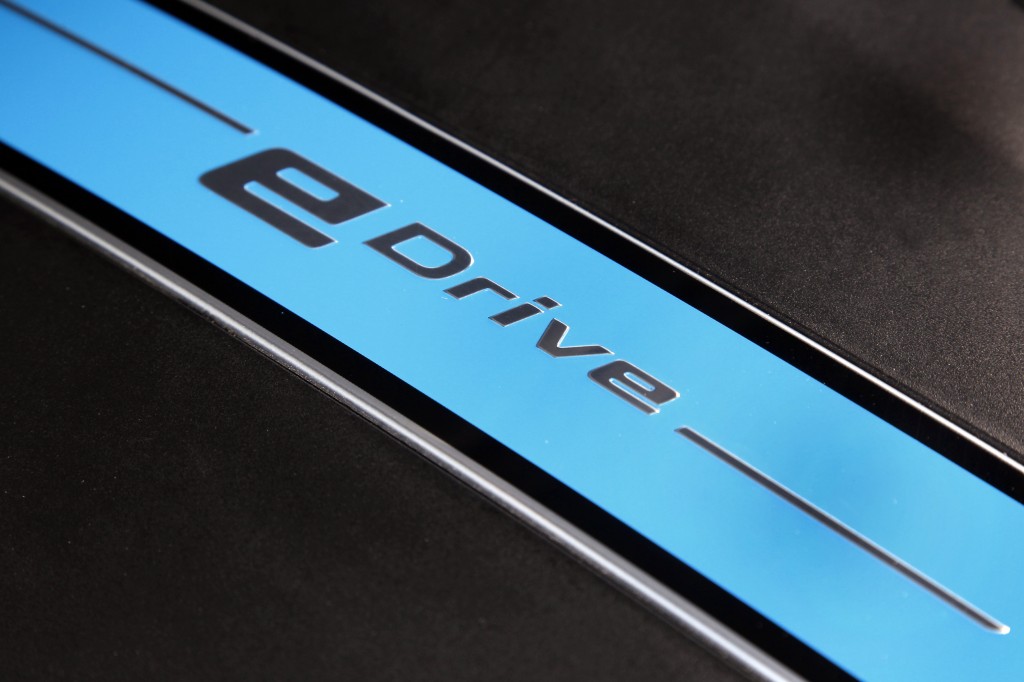
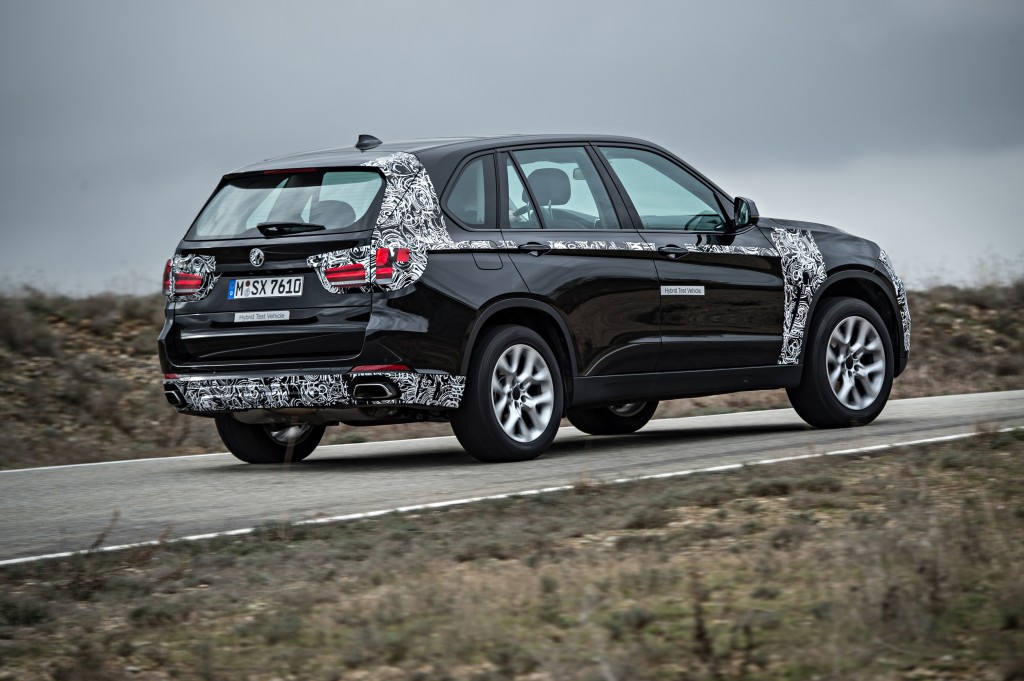
![[del.icio.us]](https://www.straight-six.com/wp-content/plugins/bookmarkify/delicious.png)
![[Digg]](https://www.straight-six.com/wp-content/plugins/bookmarkify/digg.png)
![[Facebook]](https://www.straight-six.com/wp-content/plugins/bookmarkify/facebook.png)
![[Google]](https://www.straight-six.com/wp-content/plugins/bookmarkify/google.png)
![[Reddit]](https://www.straight-six.com/wp-content/plugins/bookmarkify/reddit.png)
![[StumbleUpon]](https://www.straight-six.com/wp-content/plugins/bookmarkify/stumbleupon.png)
![[Twitter]](https://www.straight-six.com/wp-content/plugins/bookmarkify/twitter.png)
![[Email]](https://www.straight-six.com/wp-content/plugins/bookmarkify/email.png)